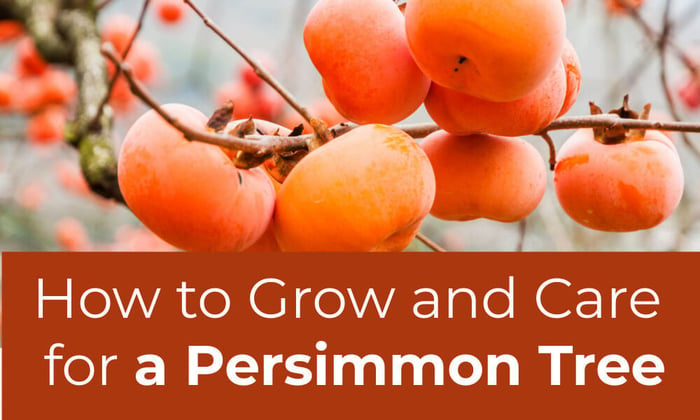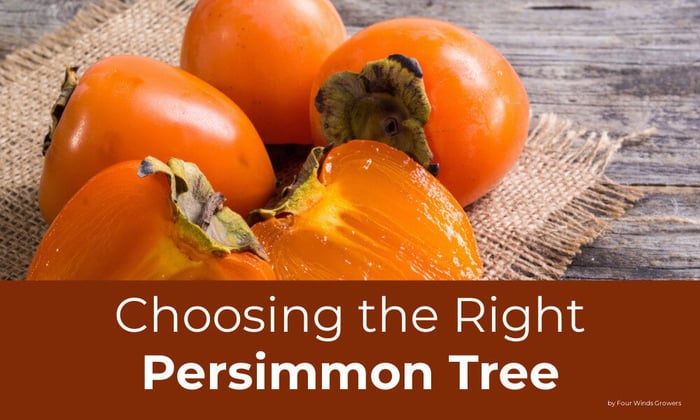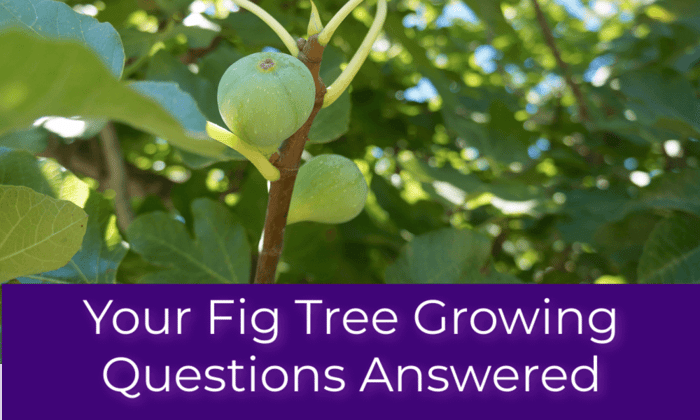How to Grow and Care for a Persimmon Tree
History:
Persimmon trees have a long and fascinating history rooted in both East Asia and North America. The most widely cultivated species, Diospyros kaki (commonly known as the Asian persimmon), originated in China over 2,000 years ago and was later introduced to Japan and Korea, where it became a staple fruit tree in home gardens and orchards. Valued for its sweet, custard-like fruit and ornamental appeal, the Asian persimmon eventually made its way to the United States in the mid-1800s. Meanwhile, the native American persimmon (Diospyros virginiana) has been part of Indigenous foodways for centuries, valued for its rich flavor and adaptability. Both species are celebrated today for their fruit as well as their striking fall foliage and low-maintenance growth habits.
Summary:
Persimmon trees are well-suited for backyard gardens and small orchards. They prefer full sun and well-draining soil and can tolerate a range of climates depending on the variety. Asian persimmons tend to grow as compact, rounded trees reaching about 15–25 feet tall, while American persimmons can grow taller and more upright. These trees are typically self-pollinating, although some varieties benefit from a pollination partner for heavier yields. Persimmons are slow to leaf out in spring, which can be helpful in avoiding late frost damage, and they require little pruning once established. Harvest time generally arrives in the fall, with fruit ripening from late September through November. Some varieties, like 'Fuyu,' can be eaten while firm, while astringent types like 'Hachiya' must ripen fully to develop their sweet, jelly-like texture. Harvest when the fruit is brightly colored and slightly soft—or allow it to ripen fully on the tree for the best flavor.
More information about how to grow and care for a persimmon tree:
Persimmon Trees are easy growing, low maintenance, beautiful trees that produce loads of delicious fruit. Planning your planting location and setting up regular feeding/watering schedules is key to your success. If you are wondering how to grow and care for a persimmon tree at home, here are some helpful tips to get you started.
Location
For growing success, hardy fruit tree's ideal location should provide full sunlight for 6-8 hours per day, well-draining soil (avoid hardpan or clay soils) mounding up if needed.
Planting
Once you have selected a location and your ground is ready to plant, dig a hole a little deeper and 3x wider that the root ball. Do not add peat moss, compost, organic materials or fertilizer to the planting hole, since this can burn new roots. Shovel enough loose soil back into the planting hole to create a mound on which to set the tree. The top of the root ball should stand slightly higher in the soil, to allow for settling. Prune off any broken, rotted, or twisted roots, making clean cuts. Now you are ready to place your tree in the planting hole and backfill with native soil that can be lightly amended if needed. Be sure that the graft is sitting at least a 4"-6" above the final soil level. For potted persimmon trees, place the tree into the planting hole and back fill so that the top of the root ball is level with the existing soil. Water your new tree slowly and thoroughly to soak the ground and allow the water to fill any possible air gaps in the soil.
Watering
Persimmon tree care includes proper watering. They produce larger and better fruit when watered regularly, ideally receiving 36-48" per year. They will drop leaves and fruit in extreme drought conditions, but can withstand shorter drought periods. In hot areas it may be necessary to water a couple of times a week, unless they are growing in heavy clay soil.
Fertilizing
A monthly dose of a balanced fruit tree fertilizer during the growing season will help your tree in its first few seasons to get established. An annual topdressing of compost and mulch will be more than enough to keep the tree growing strong and healthy once your tree has rooted into its new location.
Pruning
Persimmons can be grown as large specimen trees or pruned heavily to create a hedge. Persimmons can even be trained as espaliers if cut back to about one half the original height at planting. Aggressive pruning will help reduce the overall tree height but also can also reduce your overall yield.
Keep in mind that persimmon fruit is borne on branch tips, so it is best to prune selectively and thoroughly in the first few years so the tree will develop balanced structure and strong branches for fruit. Regular maintenance pruning involves heading some branches and removing others, usually resulting in a general "Open Vase" or "Central Leader" shape.
Fall Tips to Grow and Care for a Persimmon Tree
Removing excess or rotten fruit left on the tree will discourage the pests and diseases from getting established. The rotten fruit and leaves will be great food for your compost bin or can otherwise be tossed in your green waste bit. This is also the perfect time to implement some of the persimmon tree care pruning tips above.
Protect your fruit trees from the hot summer sun, winter cold, pests, and rodents with Plant Guard tree paint and foliar spray.
Check out Choose the right Persimmon Tree for more information on our varieties!
You want to grow and care for a persimmon tree, but we're sold out?
Every year in the fall season, we accept pre-orders of bare root persimmon trees. When winter is nearly over, usually January of the following year, we will ship your persimmon tree to you bare-rooted and ready to plant. If you do not see your tree for sale, sign up for an email notification and we will let you know when we are accepting pre-orders.
Fuyu/ Jiro Persimmon Tree

$56.00
$70.00
--Variety Info-- 20% off Bare Root Fruit Trees - while supplies last- (ends 1/18/26) Medium-sized fruit, deep red-orange skin with pale orange flesh. A sweet, mild flavor. Grows to 15 - 20' tall in the ground Low chill hours,… read more
Hachiya Persimmon Tree

$56.00
$70.00
--VARIETY INFO-- Hachiya Persimmon- Variety Information 20% off Bare Root Fruit Trees - while supplies last- (ends 1/18/26) Large, oblong fruit with deep red-orange skin and deep orange flesh. Sweet, flavorful, astringent until soft-ripe. Translucent skin and jelly-like flesh. A… read more
Coffee Cake (Nishimura wase) Persimmon Tree

$64.00
$80.00
--VARIETY INFO-- Coffee Cake (Nishimura Wase) Persimmon- Variety Information 20% off Bare Root Fruit Trees - while supplies last- (ends 1/18/26) Grafted onto D. Lotus rootstock. Nishimura Wase is also known as Coffee Cake for its rich, spicy flavor and brown flesh color… read more
Chocolate Persimmon Tree

$64.00
$80.00
--VARIETY INFO-- Chocolate Persimmon - Variety Information 20% off Bare Root Fruit Trees - while supplies last- (ends 1/18/26) Highly sought-after fruits. Hard to find in the market. These unusual, non-astringent persimmons are medium-sized and elongated. Similar to Fuyu Persimmon. Unique… read more




